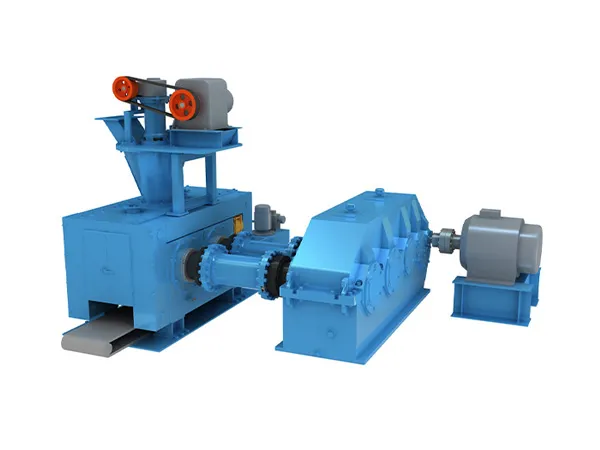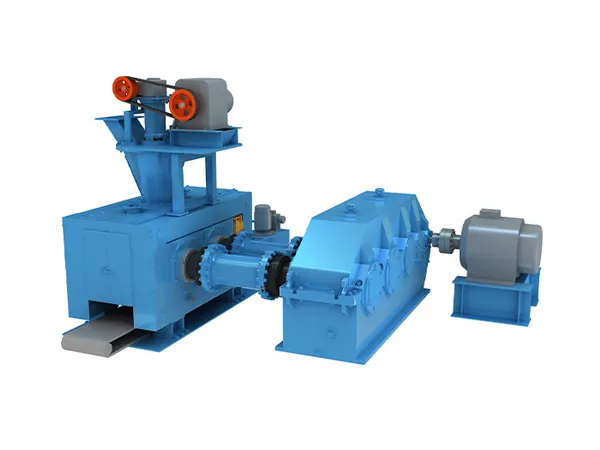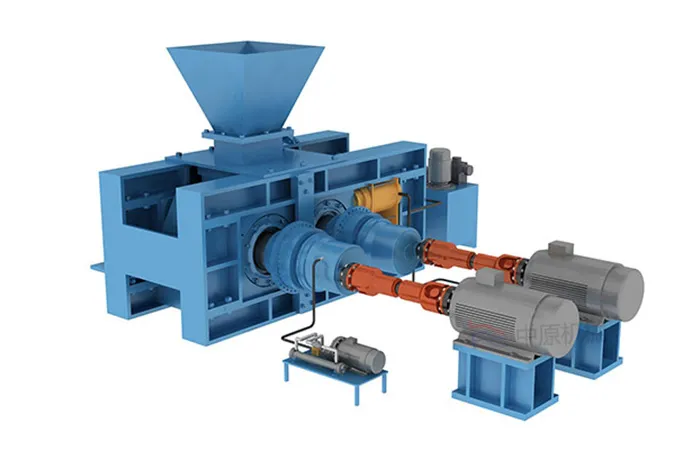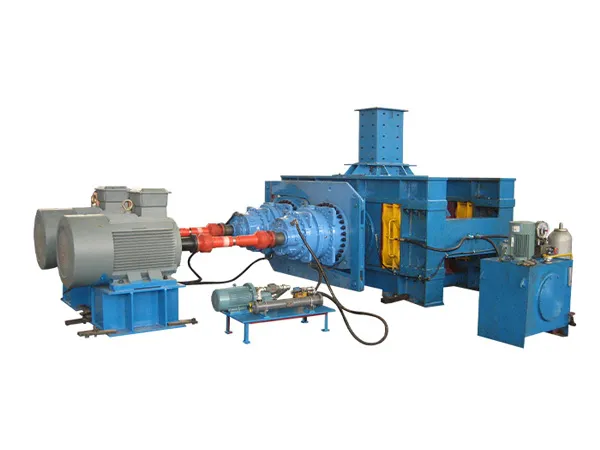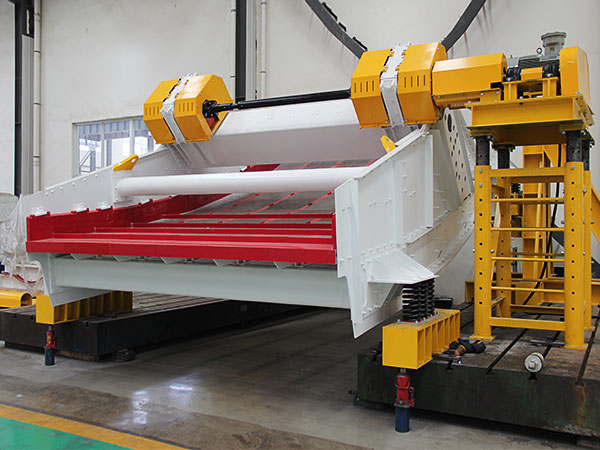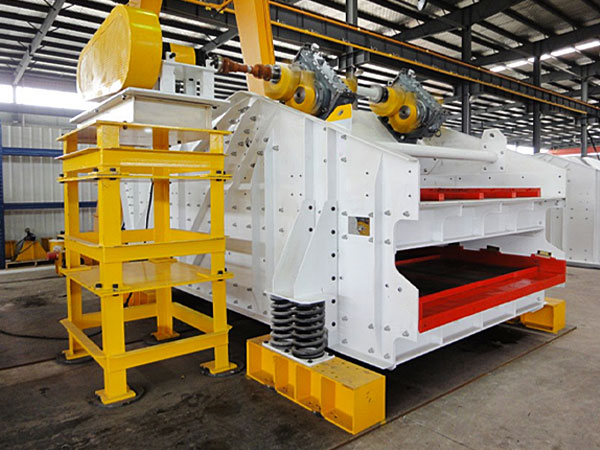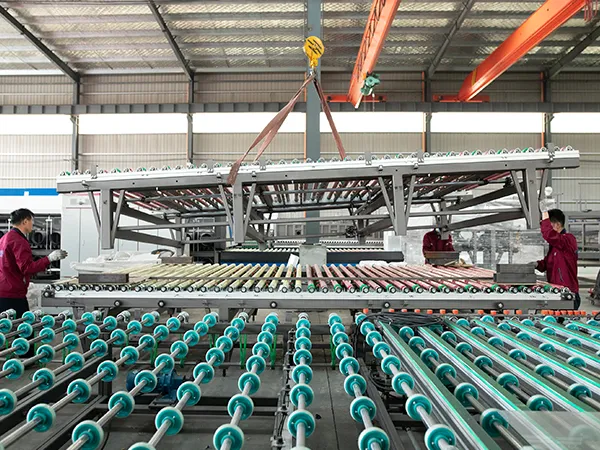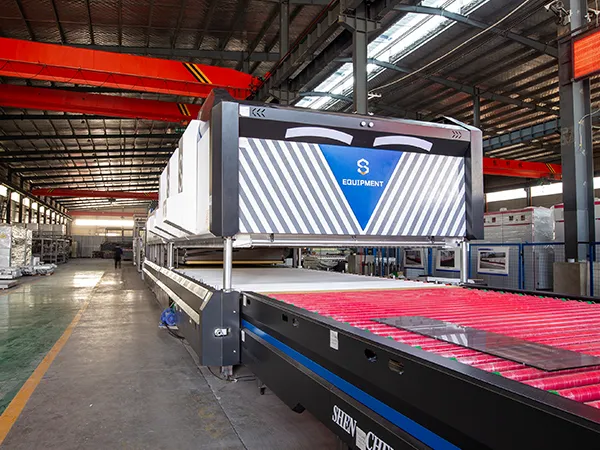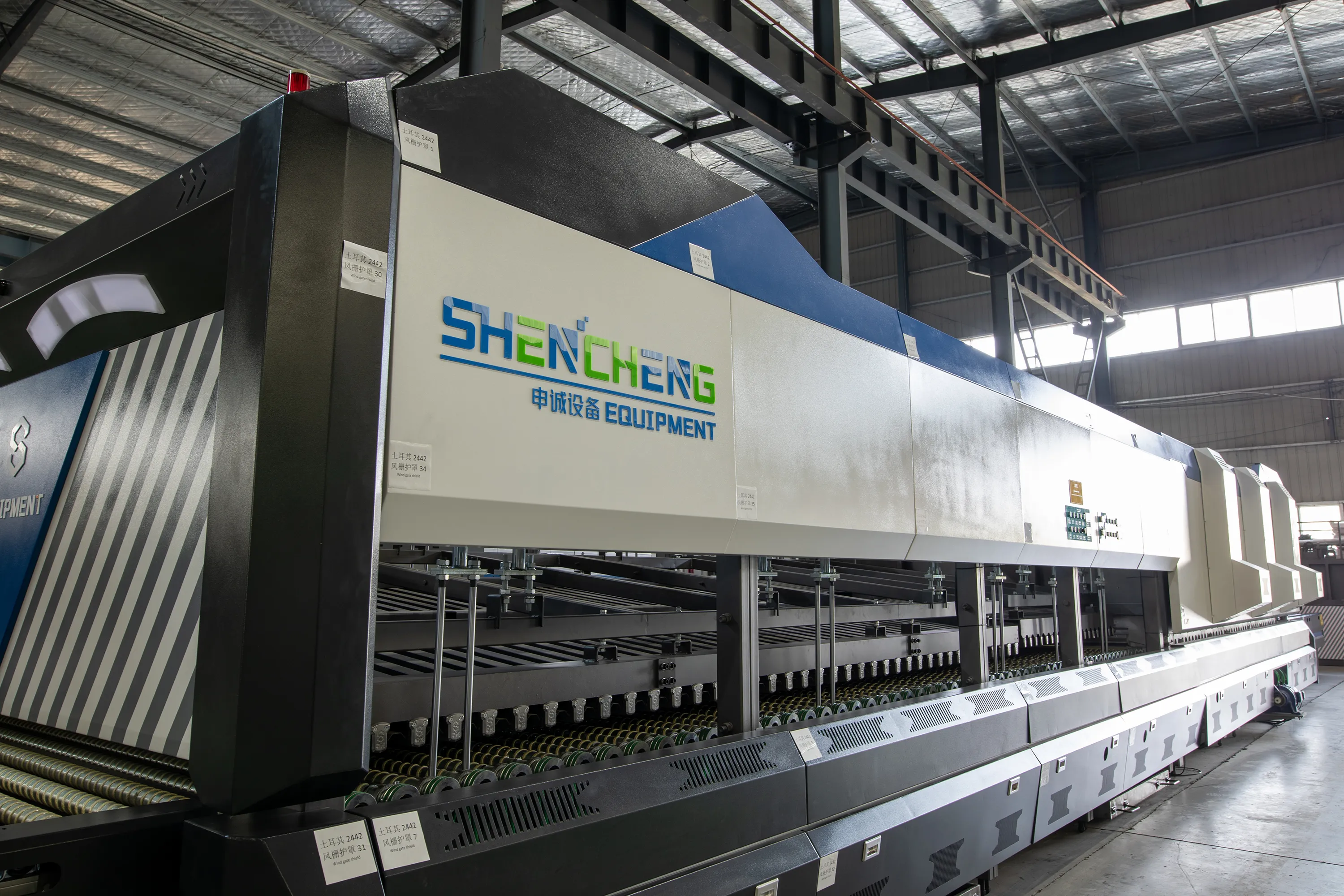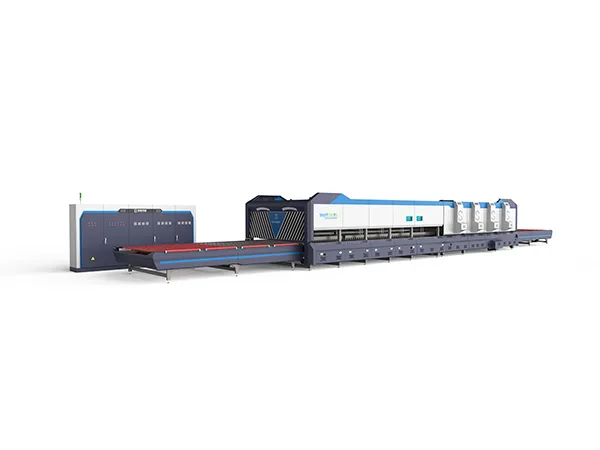Posicionador de soldadura se refiere principalmente a un tipo de equipo que puede desempeñar un papel auxiliar durante la soldadura. Se utiliza principalmente para soldadura que requiere que la pieza de trabajo pueda lograr un cambio de posición durante la soldadura., de modo que se pueda lograr una posición de soldadura relativamente ideal y una velocidad de soldadura ideal. El posicionador de soldadura se puede utilizar con muchos otros tipos de máquinas para formar un tipo de soldadura automática., y también se puede utilizar para cambiar la posición de la pieza de trabajo durante la soldadura manual. Existen muchos tipos de posicionadores en el mercado., por lo que también es un problema para los consumidores a la hora de elegir. Aquí hay algunas precauciones para comprar posicionadores de soldadura para su referencia..
Tipos comunes de posicionadores de soldadura.
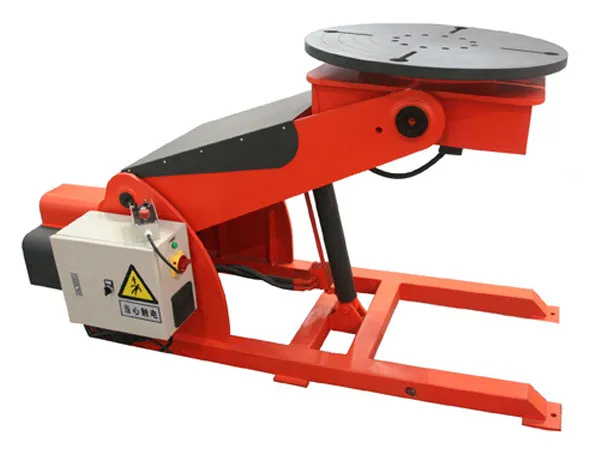
1. Tipo de rotación única de doble columna: La característica principal de este tipo de posicionador de soldadura es que el dispositivo de trabajo accionado por motor en un extremo de la columna gira en una dirección de rotación., y el otro extremo es impulsado por el extremo activo. Las columnas en ambos lados se pueden diseñar como tipo elevación para satisfacer las necesidades de soldadura de estructuras de productos de diferentes especificaciones.. La desventaja de este tipo de posicionador de soldadura es que solo puede girar en una dirección circunferencial.. Por lo tanto, y ya son adultos, Preste atención a si la forma de soldadura es adecuada..
2. Tipo de doble rotación cabeza-cola de doble asiento: El posicionador de soldadura de doble rotación de doble asiento, cabeza y cola, es el espacio de actividad de las piezas estructurales soldadas., y añade libertad de rotación sobre la base del posicionador de soldadura de rotación única de doble columna. Este tipo de posicionador de soldadura es más avanzado., con un gran espacio de soldadura, y puede girar la pieza de trabajo a la posición requerida. Se ha aplicado con éxito en muchos fabricantes de maquinaria de ingeniería..
3. Tipo de doble rotación en forma de L: El dispositivo de trabajo de este tipo de posicionador de soldadura tiene forma de L., con libertad de rotación en dos direcciones, y ambas direcciones pueden girar ±360° arbitrariamente. Las ventajas de este posicionador de soldadura son su buena apertura y su fácil operación..
4. Tipo de doble rotación en forma de C: El posicionador de soldadura de doble rotación en forma de C es el mismo que el posicionador de soldadura de doble rotación en forma de L, pero el accesorio de herramientas del posicionador de soldadura cambia ligeramente según la forma de las piezas estructurales. Este tipo de posicionador de soldadura es adecuado para soldar piezas estructurales como cangilones de cargadoras y excavadoras..
Precauciones al comprar posicionadores de soldadura
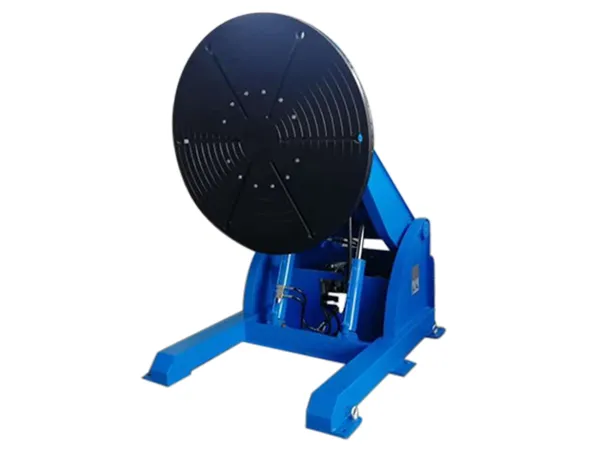
1. Al elegir, Primero debes mirar el funcionamiento de la máquina.. Compruebe si la traslación o el movimiento vertical especificado es una curva o una línea recta.
2. Compruebe si el movimiento durante la rotación es continuo o intermitente.. En general, Elija una máquina que pueda realizar movimientos lineales y lograr giros continuos..
…
Para obtener más detalles sobre la compra de consideraciones sobre posicionadores de soldadura, por favor visita: https://www.bota-weld.com/en/a/news/things-to-note-when-purchasing-welding-positioner.html

